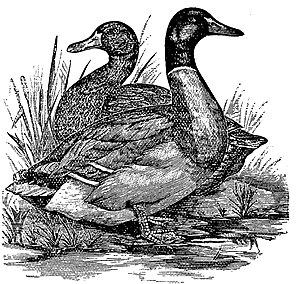
Ducks are used by Balinese farmers to seek and eat snails in their rice fields. This treats the snails as a food source, an input into duck farming, rather than an expensive problem to be treated with chemicals. It is a traditional agricultural technique which is consistent with permaculture.